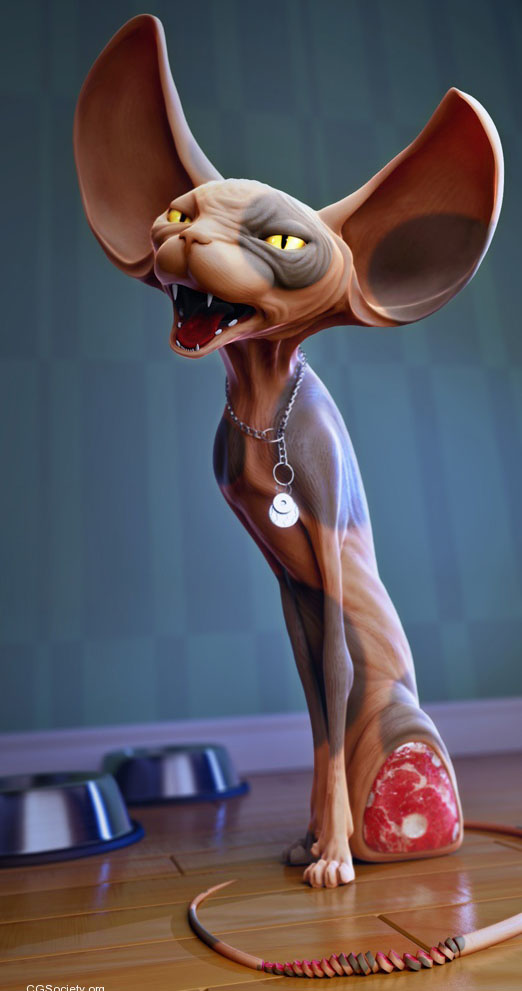Some Known Details About "The Role of Textures and Materials in Enhancing Your 3D Characters' Appearance"

The advancement of 3D personality style has happen a lengthy method since the very early times of personal computer graphics. Over the years, approaches have advanced to generate more practical and meaningful personalities in video activities, motion pictures, and various other kinds of electronic media. In this short article, we will certainly check out the background of 3D personality concept approaches and how they have changed over opportunity.
The Beginning: Polygonal Modeling
The first step towards making 3D personalities was polygonal modeling. It included creating a 3D net helped make up of polygons that could be manipulated to make various form and forms. This method was used in very early video video games like Pac-Man and Donkey Kong.
Nevertheless, polygonal choices in had its limitations. Personalities made making use of this method possessed level surface areas that was without appearance and particular. They additionally possessed limited action functionalities.
Texturing: Including Realistic look to Characters
To make personalities even more authentic, appearance was introduced as a procedure for including shade and texture to the surface areas of 3D styles. This made it possible for designers to produce even more comprehensive characters along with reasonable skin layer hues, hair different colors, and clothes appearances.
Texturing additionally enabled musicians to incorporate depth and particular through utilizing bump maps or typical charts that substitute surface information like wrinkles or scales on reptilian creatures.
Rigging: Producing Movement in Personalities
While textured versions appeared excellent on display or paper, they were still static items without any sort of movement capacities. That's where rigging came right into play.
Rigging includes adding bones or joints inside a design which makes it possible for animators to control it like a puppet on strands. With gear comes the potential for personalities to relocate their arm or legs truthfully when operating or hopping; face expressions can easily be animated too along with convenience.
Skeletal Computer animation: Carrying Life-like Motion
Emaciated computer animation is yet another strategy that reinvented the world of 3D personality concept through enabling animators to make natural-looking movements without possessing to manually animate each structure one by one.
Utilizing skeletal animation, animators can easily develop believable activities through determining a skeletal system for the character and at that point moving it around. This strategy allows for more liquid action, particularly when making complex activities like working or leaping.
Motion Capture: Taking Truth to Animation
Movement capture is yet another strategy that has transformed the world of 3D character concept. It includes capturing real-life movements of stars and transmitting them onto digital personalities using specialized software.
With activity squeeze, animators can develop reasonable motion in personalities with low initiative. Stars use specialized suits or markers that are tracked through cams which document their activities. These movements are then transferred onto a 3D design in software, providing it true to life motion.

Real-Time Rendering: Developing Interactive Characters
Real-time providing is a method used to provide 3D versions along with high-quality graphics in real-time. This method creates it feasible to make active personalities in video games or online reality atmospheres.
Real-time leaving has developed over opportunity with the overview of new modern technologies like radiation indication and worldwide lighting. These advancements have produced it achievable to render complex lighting effects in real-time, producing digital environments look even more realistic than ever before.
Final thought
In final thought, the advancement of 3D character design techniques has come a long technique since its early times of polygonal modeling. From texturing and trumping up to skeletal computer animation and activity squeeze, each improvement has took us more detailed to creating realistic characters that act realistically on screen or newspaper.
With 3d animation service surfacing every time, we can easily expect even even more interesting progressions in the field of 3D personality layout in the close to future. The options are endless!
